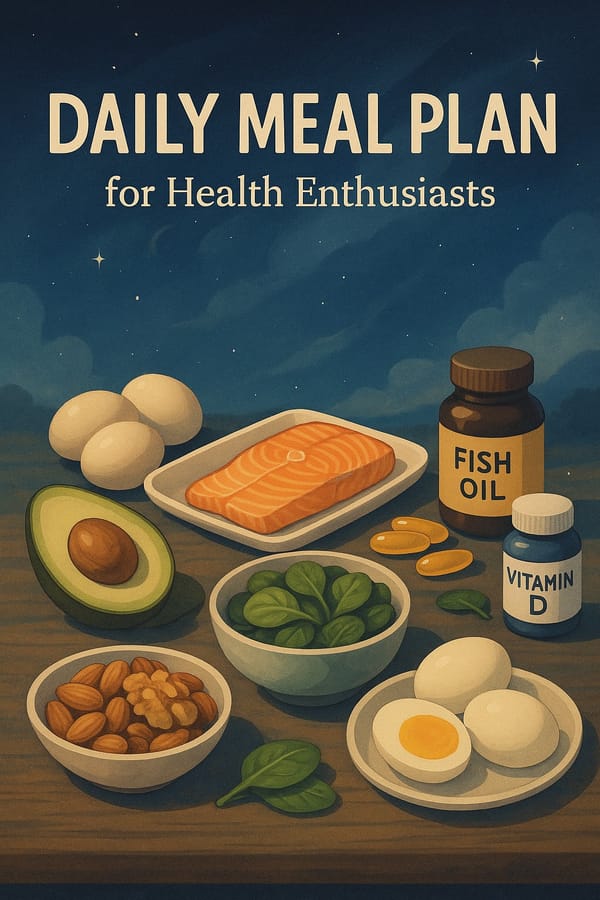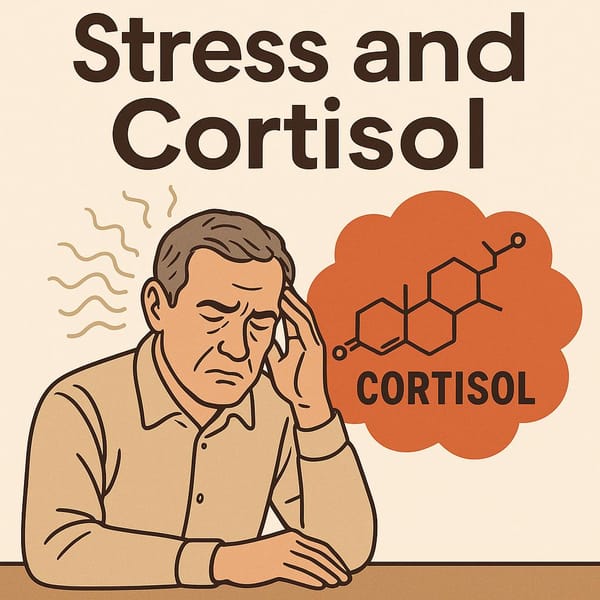A Comprehensive Guide to Intermittent Fasting: Methods, Effects, and In-Depth Benefits

Introduction
Have you ever wondered how skipping meals during certain periods can boost your health? Intermittent Fasting (IF) is a popular approach to managing weight and enhancing overall health. But did you know there are various methods to practice IF, each suited to different lifestyles? This article dives deep into IF, covering its advantages, disadvantages, and detailed guidance on tailoring it to your needs.
What is Intermittent Fasting?
Intermittent Fasting is a dietary pattern that alternates between periods of fasting and eating. It focuses on when you eat rather than what you eat. The key is to allow your body to undergo metabolic processes that optimize energy use and cellular repair.
Types of Intermittent Fasting
Duration and Rest Periods
Intermittent Fasting does not have strict rules for duration or breaks. However, here are general guidelines for practicing IF effectively:
- Short-term Start: Begin with 4-8 weeks to observe results.
- Rest Periods: Take a 1-2 week break after continuous fasting to allow the body to adjust.
- Cyclic Approach: For long-term goals, consider fasting for 2-3 months followed by a 1-month break.
- Self-Monitoring: Pay attention to your body's signals. If you feel overly fatigued, take a break before resuming.
1. 16/8 Method
- How It Works: Fast for 16 hours and eat within an 8-hour window, such as eating from 12:00 PM to 8:00 PM.
- Best For: Beginners looking for a flexible start.
2. 5:2 Method
- How It Works: Eat normally for 5 days a week and restrict calorie intake to 500-600 calories for the other 2 days.
- Best For: Those with flexible schedules.
3. Eat-Stop-Eat
- How It Works: Fast for 24 hours once or twice a week, such as fasting from dinner one day to dinner the next day.
- Best For: Individuals with prior fasting experience.
4. Alternate-Day Fasting
- How It Works: Alternate between fasting days (limited to 500 calories) and eating days.
- Best For: Those seeking rapid weight loss.
5. Warrior Diet
- How It Works: Fast for 20 hours and eat within a 4-hour window, focusing on nutrient-dense foods.
- Best For: People with disciplined lifestyles.
Effects of Intermittent Fasting
Positive Effects
- Weight Loss: The body uses stored fat for energy during fasting periods.
- Improved Insulin Sensitivity: Helps lower blood sugar levels.
- Enhanced Brain Function: Increases BDNF (Brain-Derived Neurotrophic Factor), which protects brain cells.
- Autophagy Activation: Repairs damaged cells and reduces chronic disease risks.
Negative Effects
- Hunger and Overeating: Some may overeat during the eating window.
- Hormonal Impact: Can affect menstrual cycles in women.
- Initial Energy Dip: The body may take time to adjust.
- Other Side Effects: Headaches, dizziness, or bad breath during the early stages.
Advantages of Intermittent Fasting
- Effectively reduces abdominal fat.
- Decreases risk of cardiovascular diseases.
- Enhances gut health and digestive efficiency.
- Lowers inflammation throughout the body.
Disadvantages of Intermittent Fasting
- Not Suitable for Everyone: People with certain health conditions like type 1 diabetes or pregnant women should avoid it.
- Physical Stress: Prolonged or improper fasting can increase stress on the body.
- Adjustment Period: Beginners may experience hunger or low energy as the body adapts.
- Hair Loss and Dry Skin: Caused by a lack of essential nutrients such as healthy fats, vitamin B, and zinc.
- Solution: Incorporate nutrient-rich foods like avocados, nuts, fish, and leafy greens during eating periods.
How to Practice Intermittent Fasting Effectively
- Start Simple: Opt for the 16/8 method to ease into the routine.
- Match Your Lifestyle: Choose fasting windows that align with your daily habits.
- Stay Hydrated: Drink plenty of water to avoid dehydration during fasting.
- Focus on Nutrient-Dense Foods: Include proteins, healthy fats, and complex carbohydrates during eating windows.
- Listen to Your Body: Pause fasting and consult a doctor if you feel unwell.
Recommended Exercise While Fasting
- Weight Training:
- Safety Tips: Begin with manageable weights and increase gradually to avoid injuries.
- Timing: Best done during eating periods when the body has sufficient energy.
- Order: Perform weight training before cardio to prioritize muscle building.
- Cardio:
- Type and Intensity: Moderate-intensity exercises like brisk walking, cycling, or short HIIT sessions.
- Timing:
- During Fasting: Opt for light cardio to conserve energy.
- During Eating Periods: Engage in higher-intensity cardio when energy levels are replenished.
- Energy Tips: Stay hydrated and schedule cardio during your most energetic time of the day.
Foods to Eat and Avoid During Intermittent Fasting
Foods to Eat
- High-Quality Proteins: Fish, eggs, tofu, and legumes to maintain muscle mass and satiety.
- Healthy Fats: Avocados, olive oil, chia seeds, and nuts for sustainable energy.
- Complex Carbs: Brown rice, sweet potatoes, and quinoa for balanced blood sugar levels.
- Vegetables and Fruits: Fiber-rich options like broccoli, spinach, and berries.
- Hydrating Drinks: Green tea, black coffee, and water to curb hunger.
Foods to Avoid
- Sugary and Processed Foods: Sweets, sodas, and snacks.
- Trans Fats: Margarine and fried foods with reused oil.
- Simple Carbs: White bread, white rice, and sugary snacks that spike blood sugar levels.
- Alcohol: High in calories and disrupts fat metabolism.
Choosing the right foods during eating windows enhances the benefits of IF and promotes long-term health.
Conclusion
Intermittent Fasting is a powerful tool for improving health and managing weight, but it requires thoughtful implementation and customization to fit your lifestyle. With various methods to choose from, listening to your body and maintaining balance is crucial. If you've experienced positive results, share your journey in the comments below!



